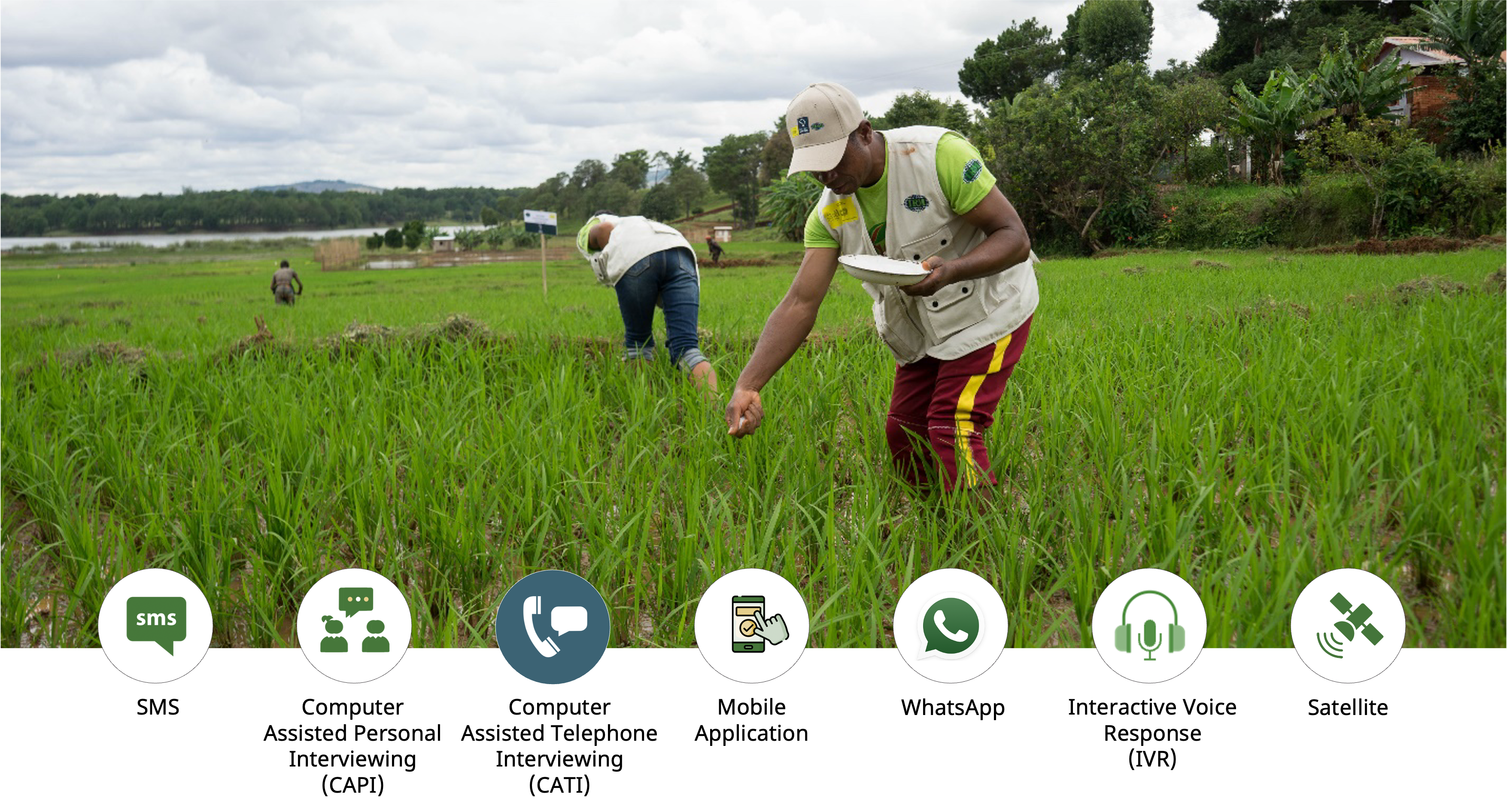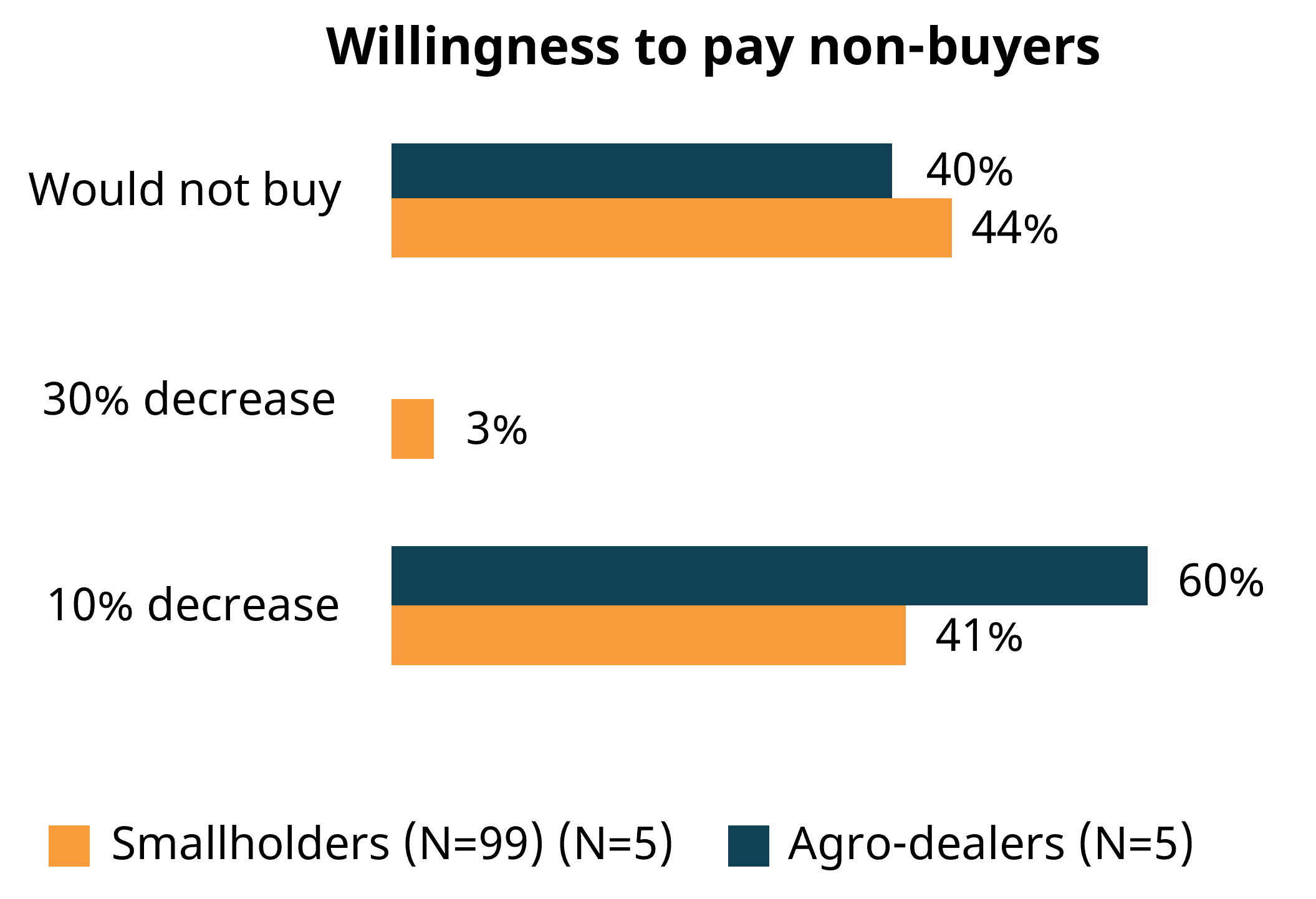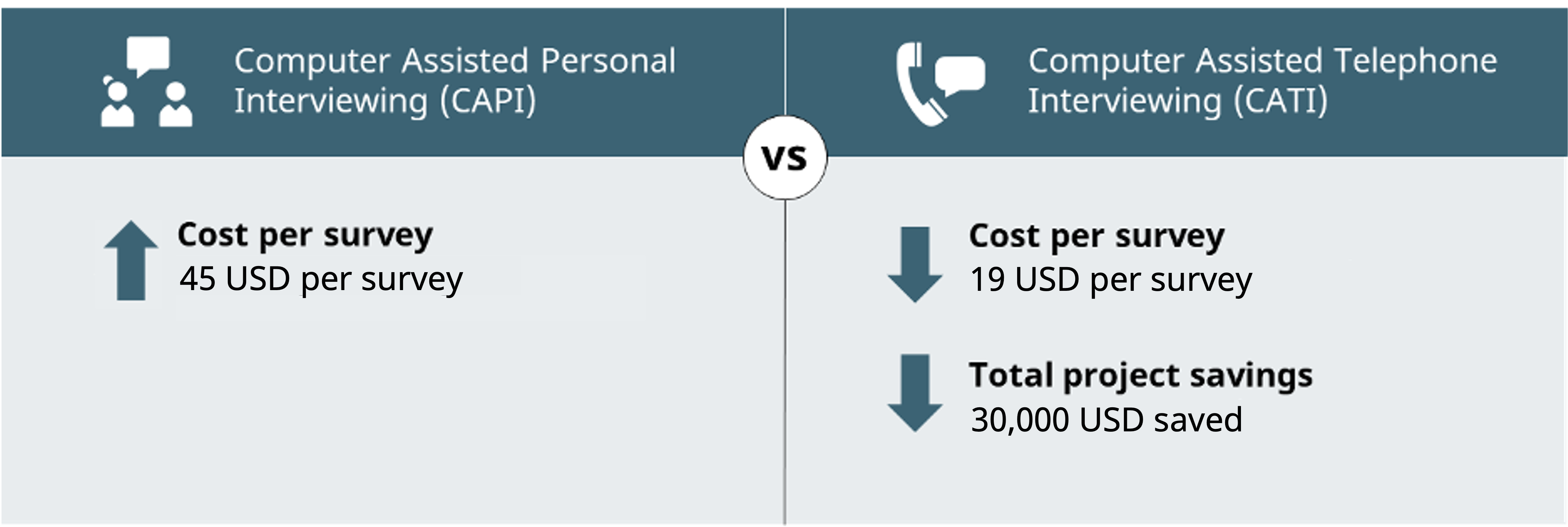
The agriculture sector in much of Africa continues to be characterized by low fertilizer use and low crop yields. The global average for fertilizer usage in 2018 was 137 kilograms per hectare[1]. According to the World Bank in 2021[2], in many countries in sub-Saharan Africa, the figure was less than 22 kilograms per hectare. In Uganda specifically, average fertilizer usage was even lower at 2.4 kilograms per hectare[3]. At the same time synthetic fertilizer has been credited with a dramatic increase in crop production in many parts of the world[4]. Making fertilizer cheaper and more abundant can help to enhance food security in Africa.
The Sustain Africa Fertilizer Initiative (Sustain Africa) is a collaborative initiative founded by Rabobank, the Bill & Melinda Gates Foundation (BMGF), the International Fertilizer Association (IFA), the African Fertilizer and Agribusiness Partnership (AFAP), the International Fertilizer Development Corporation (IFDC), and the Alliance for a Green Revolution in Africa (AGRA). Sustain Africa was launched to address the impact of the international fertilizer price spike on staple food crop production and food security in Sub-Sahara Africa. Funded by BMGF, with a contribution from Rabobank, the initiative works as a coordination mechanism among public and private sector partners to help smallholder farmers access affordable fertilizer. Donated or discounted fertilizer is blended and distributed by Sustain Africa partners and made available to farmers through relevant extension services or appropriate government or private-sector distribution channels. Additional services include, in some cases, market linkages for farmers and credit guarantees so agro-dealers and suppliers can access working capital.
Sustain Africa has implemented country projects in Burkina Faso, Ghana, Mozambique, Malawi, Madagascar, Uganda, and Zambia. Additionally, Sustain Africa is carrying out advisory assignments in Kenya and Nigeria and is supporting a liming scoping project in Tanzania.
The Sustain Africa country projects aim to drive:
- Increases in fertilizer uptake
- Increases in farmers’ yields
- Increases in farmers’ income and food security
In addition to these goals, Sustain Africa also sought to pilot and review research methods integral to understanding how to influence new behavior in fertilizer usage among farmers. In collaboration with the Committee on Sustainability Assessment (COSA), Sustain Africa introduced a set of learning questions which were used to develop a survey for various agents involved in the program. A holistic approach was used to choose study research questions exploring behavioral and non-behavioral attitudes of program beneficiaries.
The impact of agile approaches
COSA used this initiative to pilot and test Agile Data gathering through Computer Assisted Telephone Interviews (CATI), processing, and analysis. The application of CATI technology was a resounding success, achieving 98 per cent participation of contacted farmers and 100 per cent participation of agro-dealers. The use of CATI technology also reduced the average cost per survey from 40 USD to 14 USD. A comparison between CATI and Computer Assisted in Person Interviews (CAPI) showed savings equal to 26 USD per survey, and savings over the scope of the total project equal to almost 30,000 USD.*
*CAPI costs account for fuel and mobilization costs with the same number of enumerators as for CATI, but more days for data collection than CATI.
Findings
The COSA-led agile data analysis shed light on several important aspects of the project’s rollout in Uganda.
- Inclusivity and awareness
The findings demonstrate that the poorest were more likely to be involved in the program, a pattern observed consistently for both males and females. Male survey respondents in the poorest quintile were 37 percentage points more likely to be involved than male respondents in the richest quintile. Female survey respondents in the poorest quintile were 57 percentage points more likely to be involved than female respondents in the richest quintile.
- Demand and supply
The analysis showed that Sustain Africa succeeded in increasing fertilizer uptake across the entire supply chain. Interviews conducted with smallholder farmers and agro-dealers showed that they preferred subsidized fertilizers, purchasing them in greater quantities compared to the non-subsidized alternatives. Smallholders purchased on average 14kg more fertilizer due to the subsidy. Also, a majority of agro dealers bought more subsidized than non-subsidized fertilizer.

- Fertilizer decision mechanism
The analysis underscores that only a small fraction of smallholders (7 per cent) are aware of the proportion of their income spent on fertilizer. Additionally, their fertilizer expenditure is heavily influenced by the availability of funds or resources.Notably, almost half of the farmers not buying fertilizer (41 per cent) would start to purchase fertilizer if the price decreased by 10 per cent. From a policy perspective, this suggests that interventions such as offering fertilizer on credit, providing monetary incentives, or implementing subsidization measures may be effective strategies to incentivize fertilizer purchase [5]
- Productivity and profitability
Maize yields registered a perceived increase of 13 per cent over the baseline data. A comparison between the AFAP baseline and COSA’s data confirmed an actual increase in maize yield equal to 37 per cent. The statistical analyses indicated a positive and significant correlation between the increases in maize yield and the fertilizer used per hectare with 1kg increase in fertilizer used per hectare producing increase by 3 kg of maize. A majority of both smallholders and agro-dealers expressed emphatically that economic gains were one of the major benefits of the program (52 per cent and 58 per cent respectively).
These findings indicate that the Sustain Africa program is on the right track to reach the main goals of increased fertilizer uptake and increased yields.
A key recommendation for Sustain Africa and future fertilizer programs is to work on program simplification, cost-benefit analyses, and marketing strategies. To expand the program’s impact, it is essential to consider scaling it up, offering credit solutions, and organizing training sessions that demonstrate the advantages and proper application of synthetic fertilizer. Enabling more accurate fertilizer selection aligned with farmers’ needs and improved fertilizer recommendations based on crop scenarios and soil testing will improve the program’s added value for farmers. Moreover, diversifying the program’s information and communication channels can raise awareness and improve inclusivity.
[1] ForeignPolicy.com, 2022: https://foreignpolicy.com/2022/10/08/fertilizer-war-climate-shortage-food-agriculture-africa-europe/
[2] World Bank, 2021: https://data.worldbank.org/indicator/AG.CON.FERT.ZS?locations=ZG
[3] World Bank, 2021: https://data.worldbank.org/indicator/AG.CON.FERT.ZS?locations=UG
[4] Josep Penuelas, et al., 2023: https://agricultureandfoodsecurity.biomedcentral.com/articles/10.1186/s40066-023-00409-5
[5] Carter, et al., 2021 https://pubs.aeaweb.org/doi/pdfplus/10.1257/app.20190396








Leave A Comment